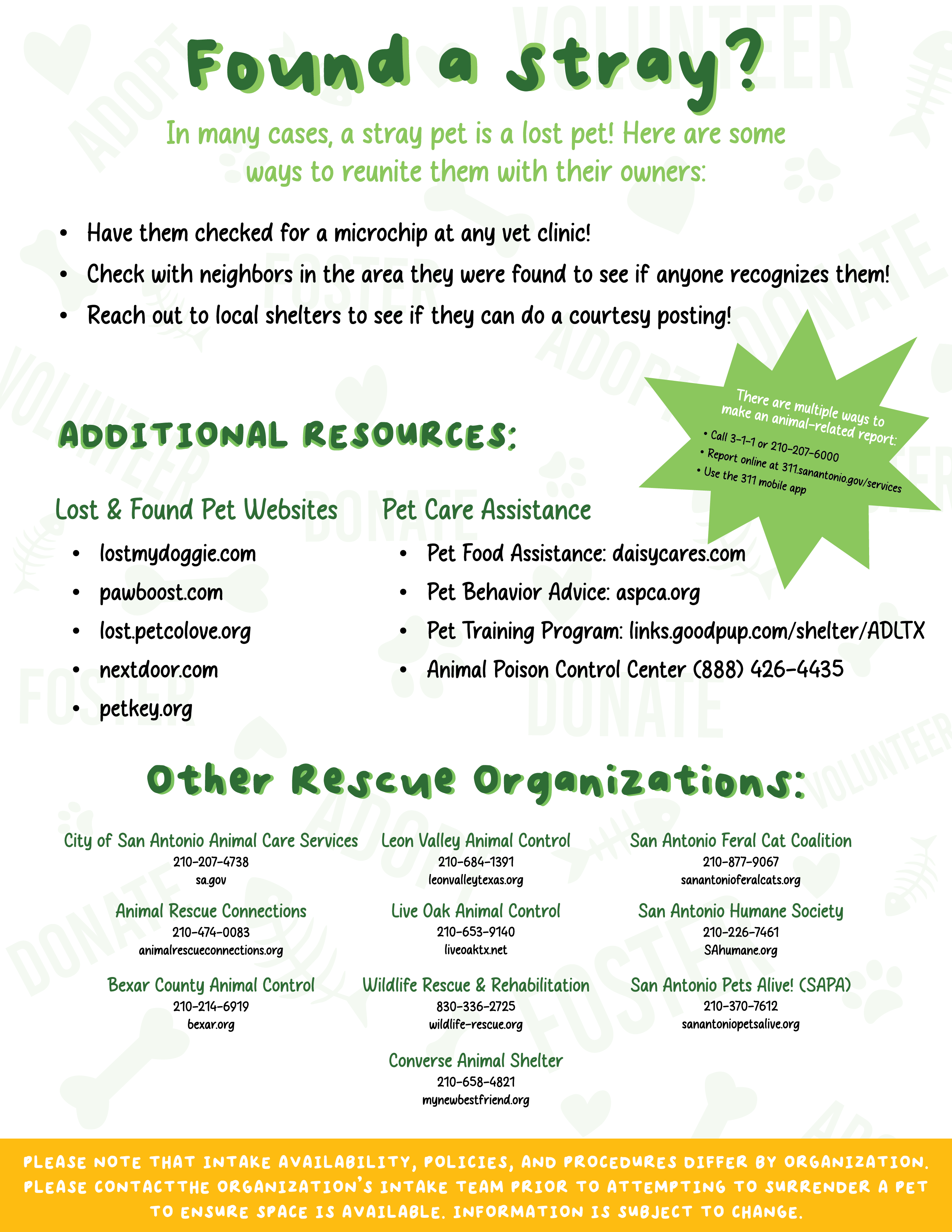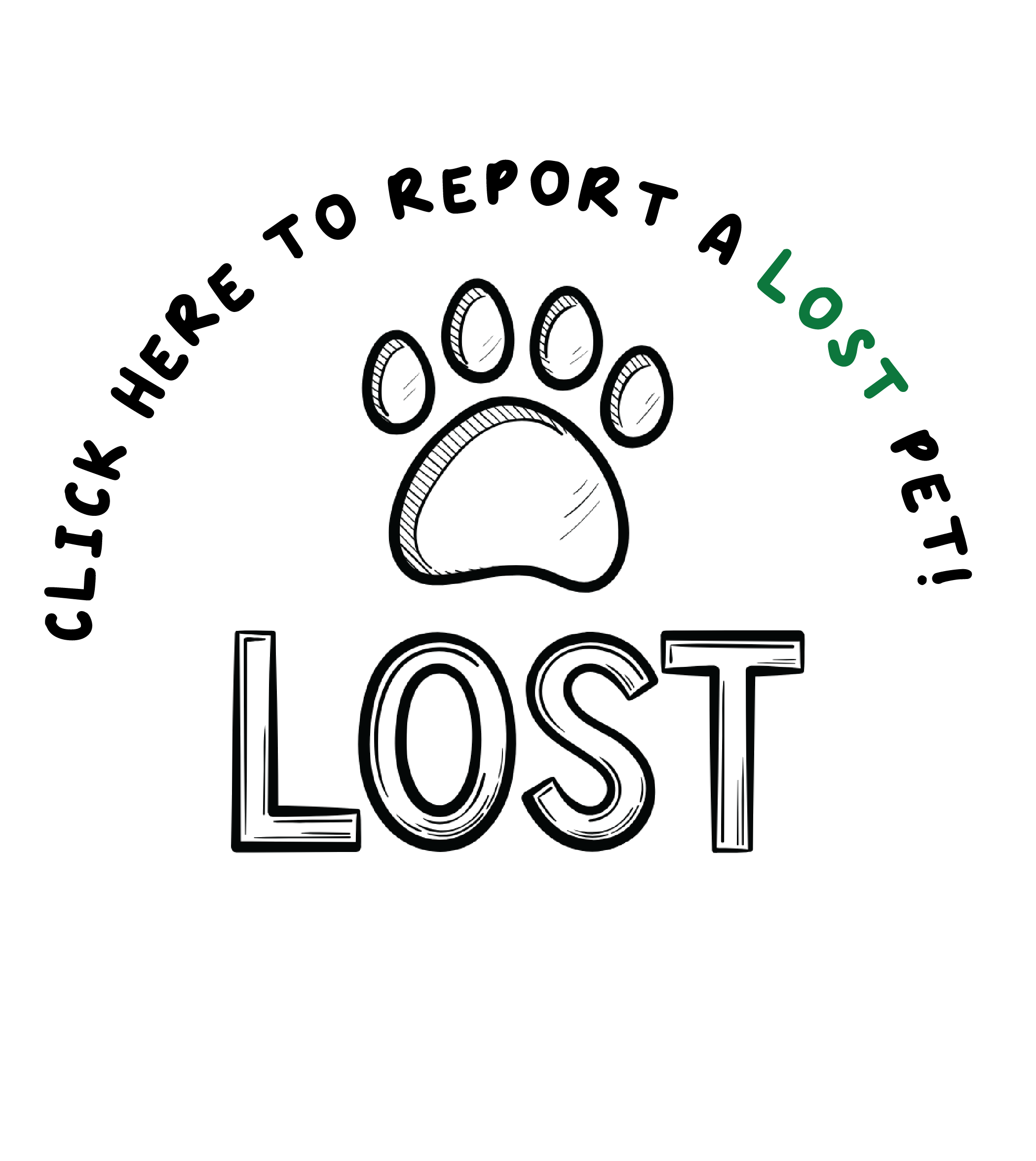Lost and Found Pet Guide
Lost a pet or found a stray? Our Lost and Found Pets Resource Guide is here to help. Whether you’re searching for your furry friend or looking to reunite a pet with their owner, you’ll find helpful tips and local resources to guide you every step of the way. From posting on social media to contacting shelters, we’ve got you covered. Together, we can help bring pets home where they belong!





